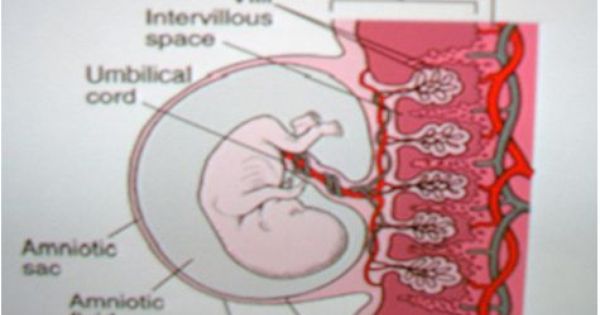Intervillous Space

The villi project into the intervillous space where maternal and fetal blood supplies exchange necessary gases e g oxygen and carbon dioxide and nutrients.
Intervillous space. The flow of the placental blood amounts to 600 cm3 min and the pressure in the spiral arteries to 70 mm hg. Maternal blood flows from the uterine vessels into the trophoblast lined intervillous blood lake. Dividing partitions formed from the trophoblast shell project into the intervillous space from the decidual side.
Look it up now. Meckel s space a recess in the dura mater that lodges the trigeminal ganglion. In human embryology intervillous space is the space between the villi containing the vessels of the mother and the embryo.
Table 1 1 mechanisms of transport. In the intervillous spaces the pressure falls to only 10 mm hg the blood in the intervillous space is exchanged 2 3 times per minute. Following this transaction oxygenated blood is carried back into fetal circulation by way of a single umbilical vein.
Imagining the villi as tree like projections can help visualise their structure. Villi growing outward within the intervillous space from the stem anchoring villi are called branching villi and provide surface area for exchange of metabolites between mother and fetus. Lymph s s open spaces filled with lymph in connective or other tissue especially in the brain and meninges.
In the placenta the intervillous space is the space between chorionic villi and contains maternal blood. Neighboring villi usually do not touch one another. When fibrin entirely encases a villus the villous syncytiotrophoblast covering gradually degenerates.
They divide the placenta into 15 or 20 compartments which are called cotyledons.



















